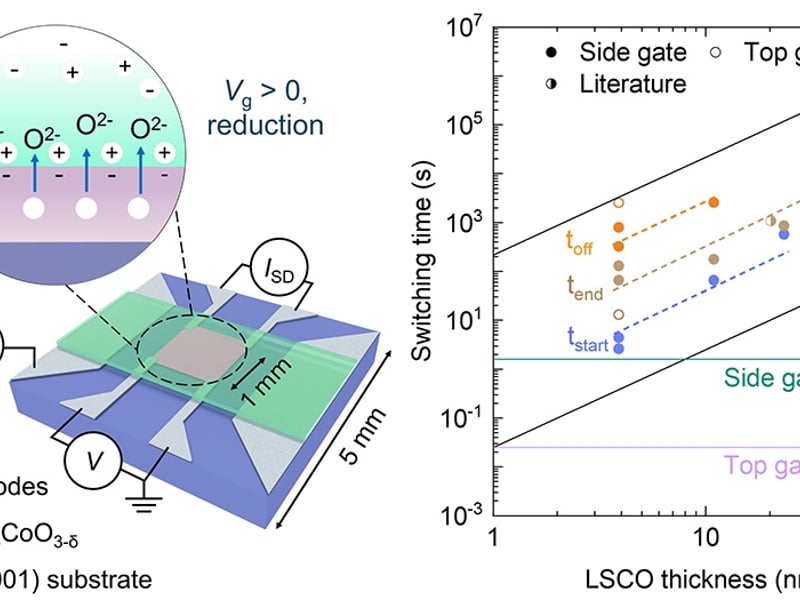MRSEC News

Pushing the Limits of Ionic Control of Materials: University of Minnesota’s MRSEC Makes Breakthroughs in Electrolyte Gating
By MRSEC Web Team

Delaware MRSEC Offers High Schoolers a STEM-Filled Summer
By Divya Abhat, MRSEC Web Team
Last summer, 12 high school students were challenged to identify a mystery polymer. As part of a summer internship—now in its second year—they visited the chemical giant Chemours where they gained access to high-tech lab equipment rarely open to the public and were provided with relevant clues and tests to help solve the puzzle. It’s as hands on as it gets and gave this young group valuable exposure to the world of STEM.

Unlocking the Potential of Bottlebrush Polymers: A New Frontier in Self-Assembly
By Divya Abhat
In the world of materials science, researchers are constantly seeking new ways to create more efficient, durable, and adaptable materials. One promising avenue is the study of bottlebrush block polymers, a unique class of macromolecules that self-assemble into intricate nanostructures. Researchers at the University of Minnesota have been at the forefront of this research, uncovering new possibilities for these polymers and their applications.

Encoding Many Properties in One Material Via 3D Printing
By Anne J. Manning
A class of synthetic soft materials called liquid crystal elastomers (LCEs) can change shape in response to heat, similar to how muscles contract and relax in response to signals from the nervous system. 3D printing these materials opens new avenues to applications, ranging from soft robots and prosthetics to compression textiles.

Superalloys Resist Wear at Nearly Forge-Level Heat Using New Process
NSF News
Microplastics less a problem when plastics are made from plants

An Inexpensive, DIY Setup Recycles Precious Liquid Helium in the Lab

MRSEC Director Named Scientific Director of UPenn's Singh Center for Nanotechnology

MRSEC Director Elected to National Academy of Engineering
